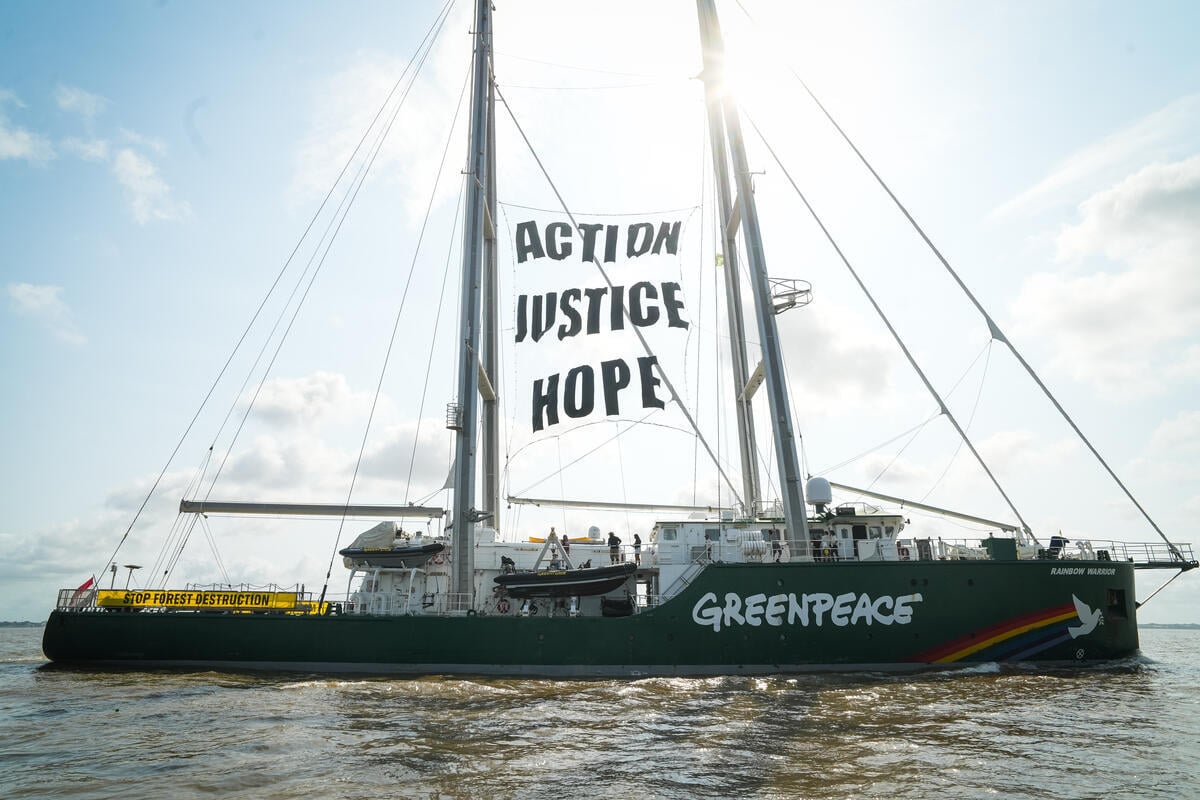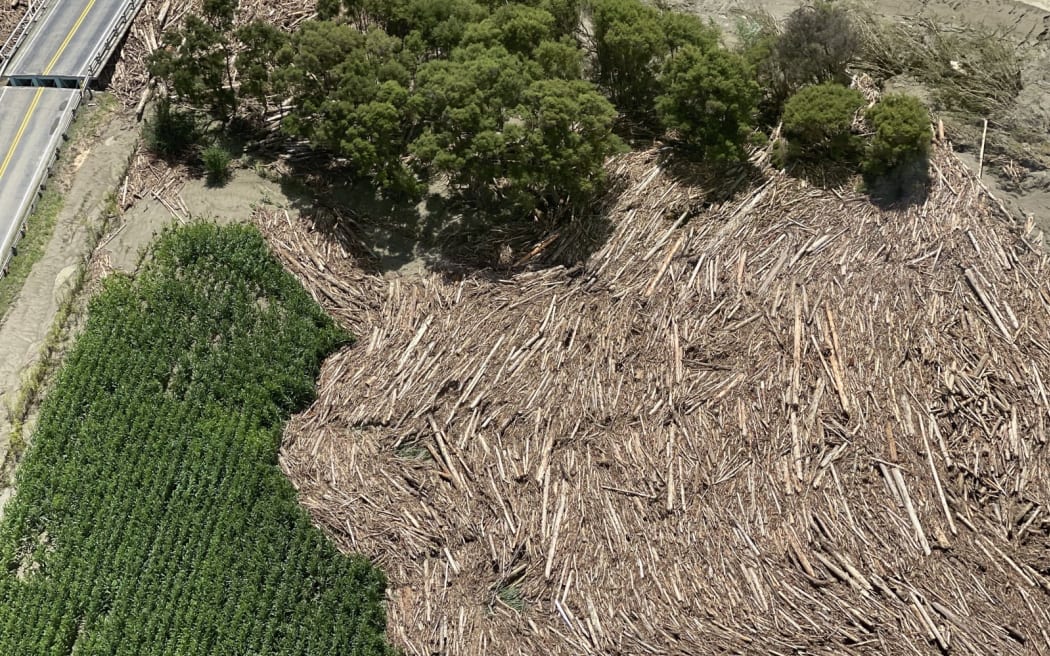Greenpeace Aotearoa is advising that it has found an anomaly in one water sample result from a drinking water testing event that it ran recently in Rangiora. While testing on the day found this sample to have high levels of nitrate contamination, further testing revealed that it did not. After a thorough investigation, it is thought that the anomalous result was due to a contaminated sample, possibly due to the container in which it was transported, which caused the spectrometer to misread.
The anomaly was detected through Greenpeace’s standard protocol of externally retesting water samples via an accredited independent laboratory. The drinking water sample in question originally tested at 20.4 mg/L of nitrate, but further testing found it to be at a much lower, safe level of nitrate of <0.05mg/L.
It’s Greenpeace’s standard practice to get any elevated test results checked independently as well as randomly checking results that fall in lower ranges. In investigating this anomaly, Greenpeace re-tested the water supply of several other individuals who had their water tested at the Rangiora town hall testing event. The results from this re-testing all came back consistent with the original test results. This is the first time such an anomaly has been found in hundreds of tests.
Greenpeace Aotearoa spokesperson Niamh O’Flynn says, “While this is good news for the person whose water this is, we have previously seen several bore water supplies in Canterbury testing at levels significantly above the current 11.3mg/L health limit. Those results have been confirmed through our standard external re-testing.
“Nitrate contamination is a very real problem in Canterbury, and the potential health risks are serious. Everyone has the right to safe, healthy drinking water, and that’s why we continue to provide these water testing services.”
A recent study of groundwater in the Canterbury region released this month by Environment Canterbury found nitrate levels as high as 31 mg/L. More information about the health risks associated with nitrate contamination can be found on the Greenpeace website.



